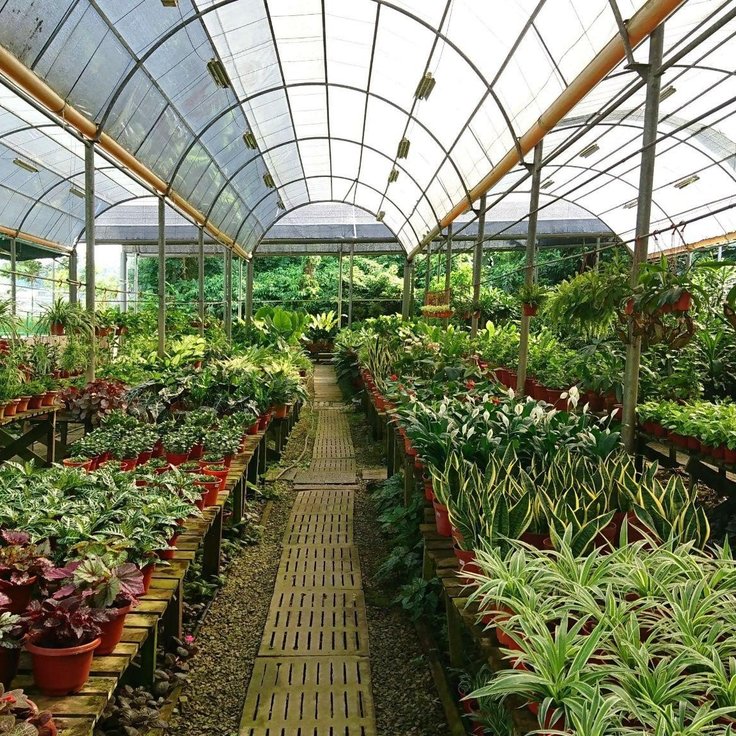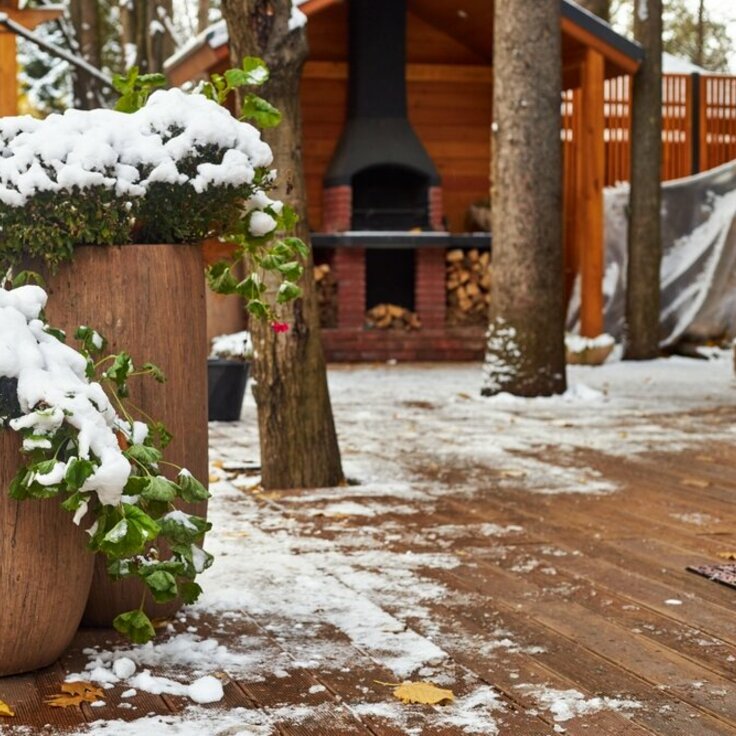Essential Steps to Make Your Garden Summerproof
As experts in gardening and landscape design, we have compiled a comprehensive guide to help you make your garden summerproof. By following these essential steps, you'll be able to create an oasis that thrives in the heat, looks stunning, and outshines other gardens.

Step 1: Assess Your Garden's Needs
Before diving into any garden project, it's crucial to assess the specific needs of your outdoor space. Take a walk around your garden and identify areas that require attention. Look for any potential issues such as poor drainage, inadequate shading, or areas prone to drought. By understanding your garden's unique requirements, you can tailor your summerproofing efforts to address those specific challenges effectively.
Step 2: Plan for Proper Irrigation
Water is a precious resource, especially during the scorching summer months. A well-planned irrigation system is vital to keep your garden flourishing while conserving water. Consider installing a drip irrigation system that delivers water directly to the roots, minimizing evaporation and ensuring efficient water usage. Additionally, grouping plants with similar water requirements together can help you avoid overwatering or underwatering certain areas.
Step 3: Choose Heat-Tolerant Plants
Selecting the right plants is paramount when it comes to making your garden summerproof. Opt for heat-tolerant varieties that can withstand prolonged sun exposure and high temperatures. Drought-resistant plants such as succulents, lavender, and yucca are excellent choices, as they have built-in mechanisms to conserve water. Incorporating native plants into your garden can also be beneficial, as they are well-adapted to the local climate.
Step 4: Provide Adequate Shade
Shielding your garden from excessive heat is essential for maintaining plant health and creating a comfortable outdoor space. Consider incorporating natural shade elements like pergolas, arbors, or shade sails. Strategically placing shade-loving plants, such as ferns or hostas, can also help create cooling pockets within your garden. By providing adequate shade, you not only protect your plants but also create inviting areas for relaxation and entertainment.
Step 5: Mulch for Moisture Retention
Mulching is a simple yet effective technique that can significantly benefit your garden during the summer. Apply a layer of organic mulch, such as wood chips or bark, around your plants. Mulch helps retain moisture in the soil, reduces weed growth, and regulates soil temperature. It also adds an aesthetic appeal to your garden while acting as a protective barrier against extreme weather conditions.
Step 6: Regular Maintenance and Pest Control
To ensure your garden remains summerproof throughout the season, regular maintenance is crucial. This includes proper watering, pruning, and fertilizing according to the specific needs of your plants. Keep an eye out for pests and take appropriate measures to control them. Integrated pest management techniques, such as using beneficial insects or organic pest repellents, can help maintain a healthy and vibrant garden without resorting to harsh chemicals.
Step 7: Create Outdoor Living Spaces
Transforming your garden into an inviting outdoor living space not only enhances its functionality but also adds value to your property. Consider incorporating seating areas, dining spaces, or even an outdoor kitchen. By designing these spaces strategically, you can optimize the usage of shaded areas and create comfortable retreats for relaxation or entertainment.
Step 8: Embrace Sustainable Practices
In today's environmentally conscious world, implementing sustainable practices in your garden is highly beneficial. Consider harvesting rainwater for irrigation, using organic fertilizers and pest control methods, and practicing proper waste management. These eco-friendly practices not only contribute to the health of your garden but also promote a greener future for our planet.
With these essential steps, you are well on your way to creating a summerproof garden that stands out from the rest. By implementing proper irrigation, selecting heat-tolerant plants, providing shade, mulching, and following a regular maintenance routine, you'll have a thriving garden that can endure the hottest summer days. Embrace sustainable practices, create inviting outdoor living spaces, and make your garden an oasis of beauty and tranquility.








